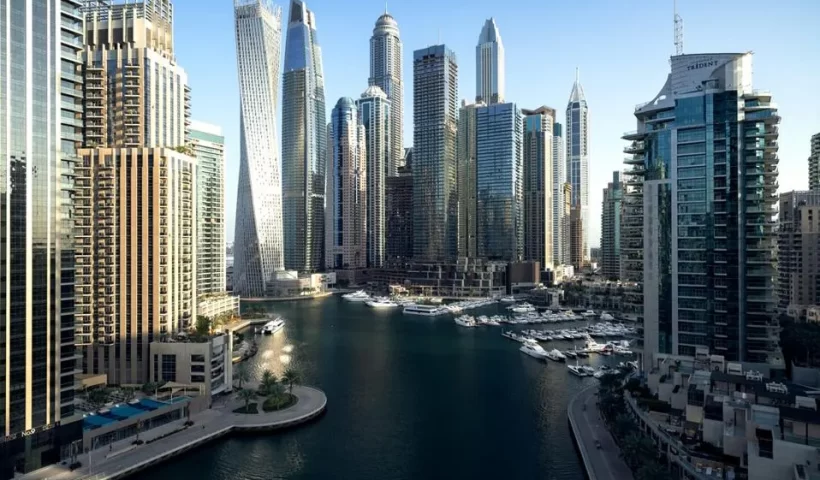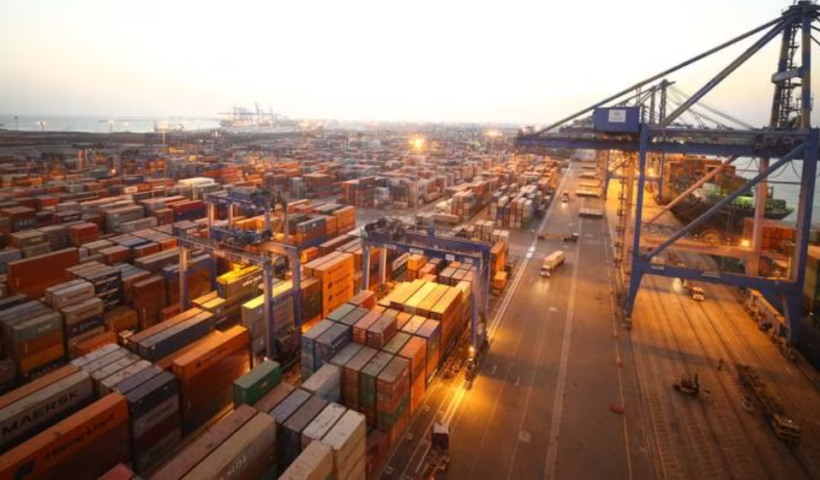According to a concession agreement struck with the Deendayal Port Authority earlier this year, global port operator DP World will invest $510 million to build and run a new mega-container terminal in the Indian state of Gujarat.
The greenfield terminal at Tuna-Tekra in Kandla, with an annual capacity of 2.19 million TEU (20-foot equivalent units), will assist DP World in growing its footprint in Asia’s third-largest economy.
The joint venture among DP World and India’s government-backed National Investment and Infrastructure Fund, Hindustan Infralog Private, was given the terminal’s concession by the Deendayal Port Authority earlier this year.
A 20-year extension is possible for the build-operate-transfer concession, which has a 30-year term.
Sultan bin Sulayem, group chairman and chief executive of DP World, stated that the company will be able to “deliver trade opportunities, by connecting northern, western, and central India with global markets, thereby generating value for all our stakeholders” as a result of the new terminal.
“India has a significant opportunity landscape. In order to encourage the expansion of commerce and industry, the signing of this concession deal “will further strengthen India’s supply chain,” he stated.
According to a statement from DP World, the project, which is scheduled to be finished in 2027, entails building a terminal next to the current Deendayal Port using a public-private partnership approach.
It will include a 1,100-meter berth that can accommodate modern ships with more than 18,000 TEUs.
The berth can be extended to 1,375 meters under the terms of the concession agreement, according to DP World.
According to the announcement, the facility would be connected to a system of roads, railroads, and designated freight routes to accommodate the rising need for logistical solutions.
According to S.K. Mehta, chairman of the Deendayal Port Authority, “The Tuna-Tekra mega-terminal will be among the biggest container terminals to be set up in the country.”
“It will aid in boosting the port’s productivity and cargo handling capability. As one of the busiest ports in India, we are dedicated to improving our ability to serve the country and businesses by easing traffic and promoting trade efficiency.
According to marine research and consulting services provider Drewry, the world’s container throughput will increase from 858 million TEUs in 2021 to 932 million TEUs by 2025.
To help meet rising demand in important trading markets, DP World earlier this month announced plans to increase container handling capacity by nearly 3 million TEUs by the end of the year.
The corporation, which now oversees 9% of the global handling capacity and ranks among the top five port operators worldwide, said that the expansion will increase its overall gross capacity to 93.6 million TEUs.
According to DP World, key markets will see capacity increases this year at Caucedo (Dominican Republic), Yarimca (Turkey), Sokhna (Egypt), and Jeddah (Saudi Arabia), totaling 1.2 million TEUs, 579,000 TEUs, 500,000 TEUs, and 200,000 TEUs, respectively.
Other markets include terminals in Luanda, Dakar, Berbera, and Vancouver in addition to Callao in Peru and Saigon in Vietnam.
With a total capacity of almost 6 million TEUs, DP World now runs five container terminals in India, namely two in Mumbai and one each in Mundra, Cochin, and Chennai.
The ports operator’s total capacity in the nation will increase to 8.19 million TEUs with the addition of Tuna-Tekra.



